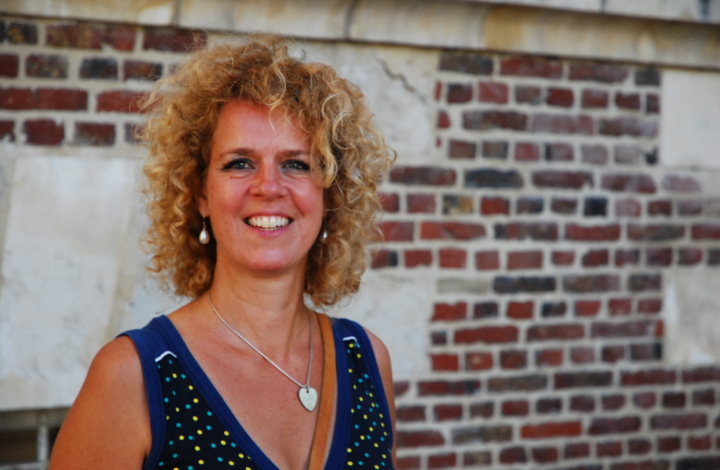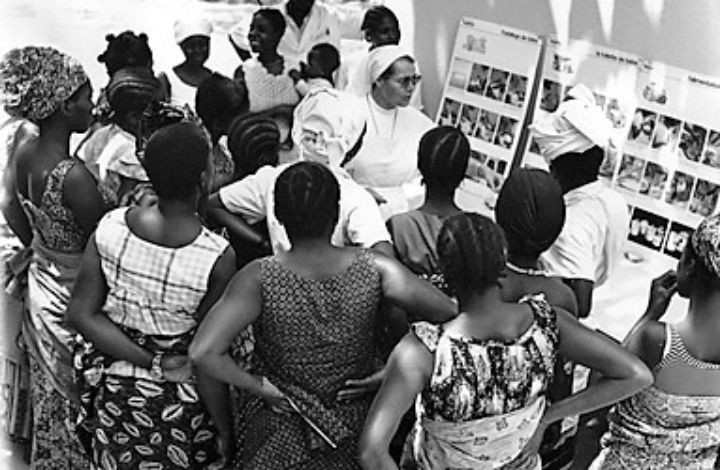Hilde Bras
NIAS Fellow

Project title
Reproductive Legacies: Missionary Medicine and Demographic Change in Southeast Africa, 1890–Present
Research question
How did Catholic missionaries shape reproductive health, gender roles, and demographic change in Southeast Africa from 1890 to the present?
Project description
As the global population is projected to rise from 8.2 to 10.2 billion by the end of the century—driven largely by growth in sub-Saharan Africa—historians and demographers are re-examining the colonial and postcolonial roots of African demographic change.
Hilde Bras’s project contributes to this debate by centring reproductive health and gender dynamics in Southeast Africa from 1890 to the present. Focusing on four local communities with Catholic mission hospitals, the project investigates the long-term demographic impact of missionary medicine and cultural interventions in women’s intimate lives.
Drawing on diaries, annual reports, parish registers, and patient records, Bras explores how biomedical practices and family models introduced by missionaries intersected with local norms to reshape social roles, healthcare access, and reproductive outcomes.
By tracing these legacies across the twentieth and early twenty-first centuries, the project offers new insights into the historical roots of health disparities and demographic change in Africa.
Selected publications
- Bras, H. (2023). African Histories of Population and Health: A Plea for an Integrated Approach. Inaugural lecture held on 26 May 2023. Groningen: Groningen University Press. https://doi.org/10.21827/655ca6e510cca
- Bras, H., A. Remund, & V. Delaunay (2023). Childbearing Trajectories in a West African Setting: A Sequence Analysis Approach, Demography, 60 (3): 891–913. https://doi.org/10.1215/00703370-10714477
- Bras, H. & J. Smits. (2022). Contexts of Reproduction: Gender Dynamics and Unintended Birth in sub-Saharan Africa, Journal of Marriage and Family, 84:438–456. https://doi.org/10.1111/jomf.12807
